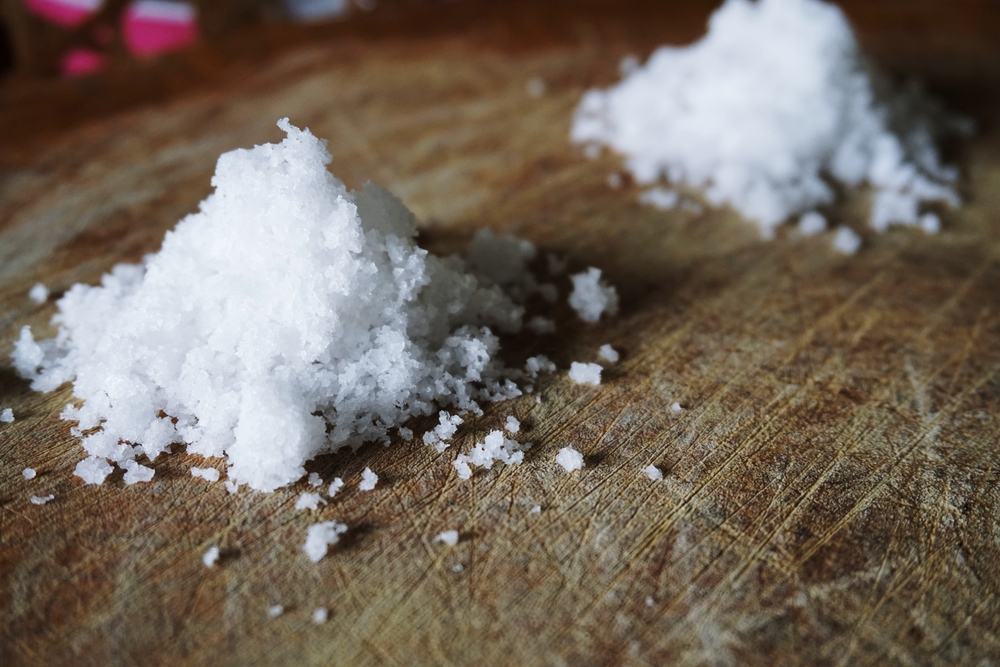USA: Industry Challenged by FDA’s Sodium Reduction Goals

Nine of ten Americans exceed the recommended dietary sodium intake, and 44% of the sodium consumed by Americans comes from 10 types of foods, according to the U.S. Centers for Disease Control and Prevention. A reduction of sodium in the U.S. food supply has been suggested as a remedy for the associated health risks, including high blood pressure, heart disease and stroke. Citing such public health risks, the U.S. Food and Drug Administration (FDA) issued draft guidance in June to establish voluntary sodium reduction targets for the food industry. The guidance suggests both short-term and long-term targets for reducing the sodium content of 150 categories of food.
Food manufacturers, restaurants and food service operations are advised to consult the targets as part of a voluntary effort to reduce sodium. Responding to the concerns of food industry associations, the FDA recently extended the comment periods for the short-term (2 year) and long-term (10 year) goals. In comments filed on October 17, the Grocery Manufacturers Association (GMA) suggested the agency should streamline and modify several food categories due in part to varying functional roles of sodium in foods.
The trade association suggested the current implementation timeframe is not realistic. To allow the industry adequate time to reformulate foods to meet the short-term goals, GMA suggested the implementation timeframe should be extended from two to at least four years.
GMA member companies have been voluntarily reducing sodium content of food products for years, and currently offer 6,500 lower sodium U.S. retail food products. The trade association suggested the additional implementation time will also help consumers to gradually transition to and accept lower sodium food products.
Public health authorities have long championed the benefits of sodium reduction from the American diet. This year, the 2015-2020 Dietary Guidelines recommended a daily consumption limit of 2,300 mg sodium for people older than 14 years. In reality, the typical American consumes about 3,400 mg of sodium per day. According to federal health experts, the majority of dietary sodium intake in the American diet is from processed and restaurant prepared foods. FDA projected the new voluntary targets could reduce the daily sodium intake for adults to 3,000 mg within two years, and to 2,300 mg per day within 10 years.
Efforts to reduce sodium from the American diet and the related challenges are not new. A 2012 regulatory effort to reduce sodium in processed foods prompted more than 500 comments from food companies, industry groups and consumers. Industry stakeholders have expressed concerns about the cost of salt replacement technologies and formulation challenges associated with replacing the functional roles of sodium in foods.
Sources: Food and Drug Administration

